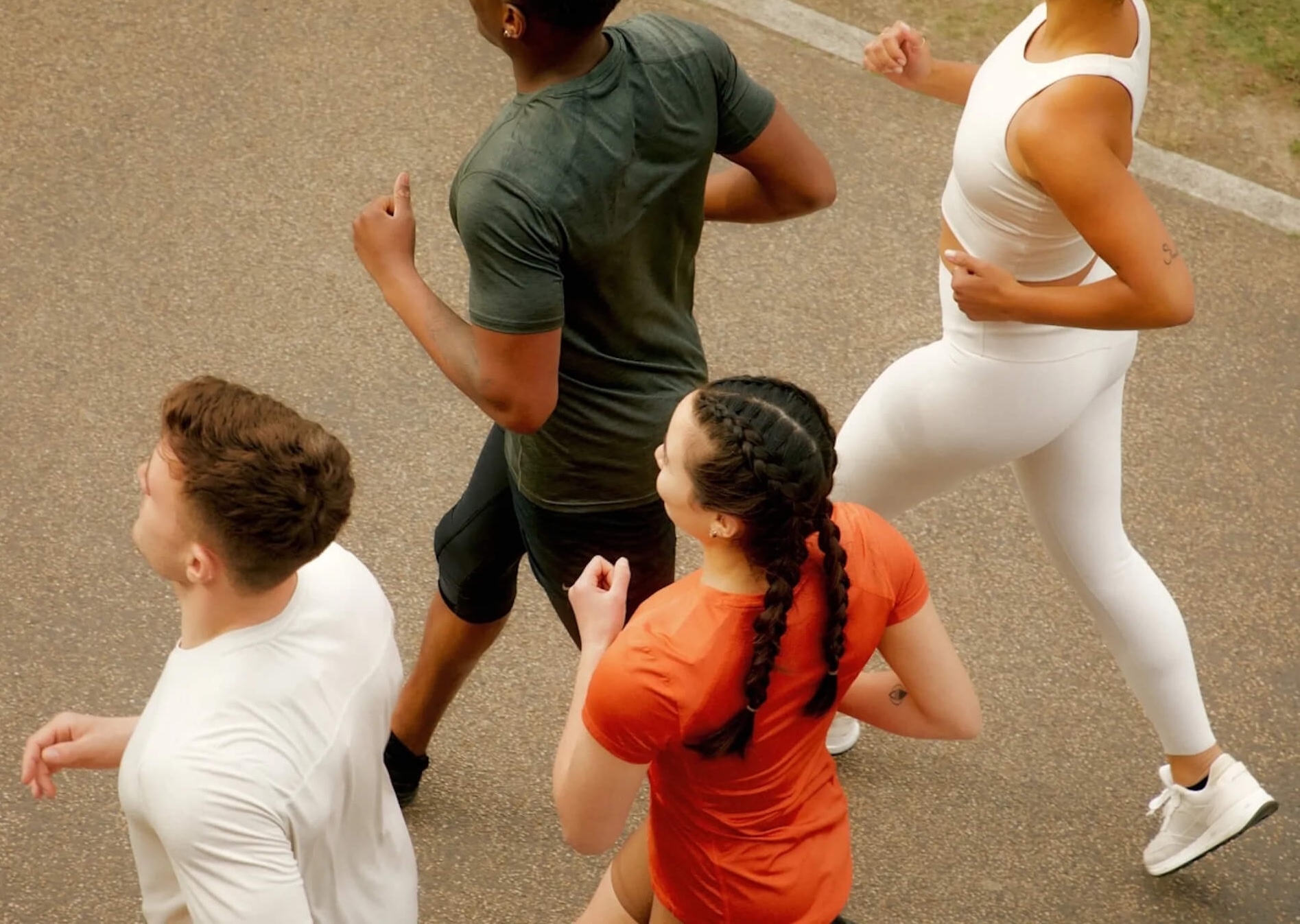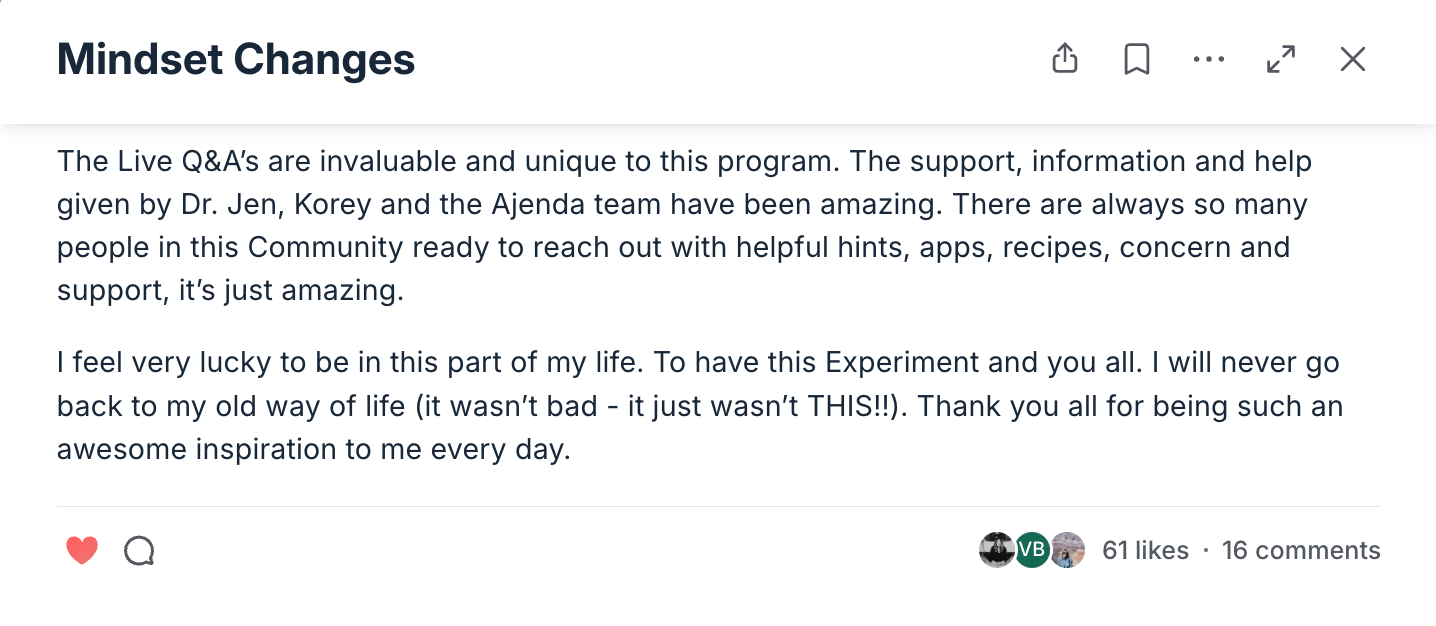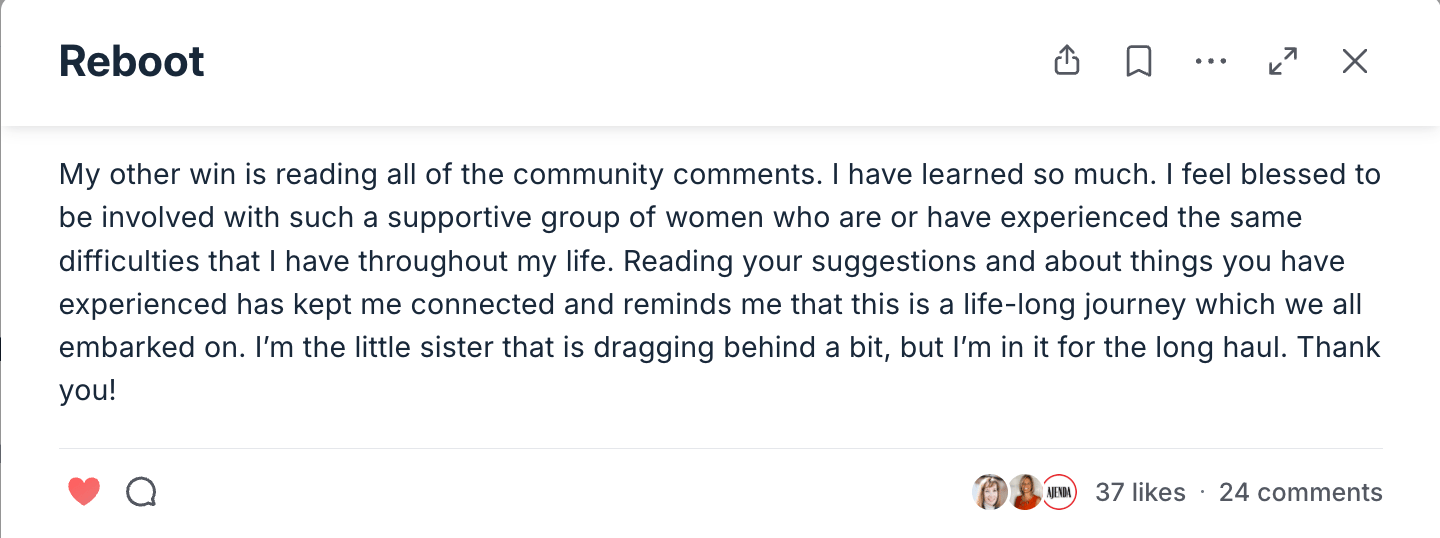How to Find Your Third Space
Research shows that community and connection are as vital to your health as diet and exercise—and that’s exactly what third spaces provide.

Think about where you spend most of your time. There’s home, where you handle obligations (work, school, errands) and then…what? If you’re just ping-ponging between these two worlds, you’re missing an ingredient for a richer life: a third space.
But what exactly is a third space, and why does it matter so much?
What’s a Third Space?
Your first place is your home, your second place is where you work or go to school, and your third place is anywhere else you choose to be. It might be your corner coffee shop, Sunday church, the dog park, or community pool.
Sociologist Ray Oldenburg coined the term “third space” in 1989 to describe the role that neutral gathering spots play in building community. A third space has eight characteristics:
- Neutral Ground: People are free to come and go.
- Leveler: A person’s status and socioeconomic background don’t matter.
- Conversation is the Main Activity: Social connection is central.
- Accessibility: It’s easy to access and accommodating.
- The Regulars: Regulars attract newcomers and set the place’s tone and mood.
- Low Profile: Homely and not pretentious.
- Playful: The general mood in third places is warm and nonchalant.
- A Home Away From Home: A third space feels secure, nourishing, and gives you comfort without responsibility.
The Benefits of a Third Space
“Sounds nice. But is it that important?” Absolutely. Oldenburg was adamant that a place outside of home and work was necessary for our well-being. In third spaces, you’re not a homemaker, employee, or student. You’re just you.
Not only that, but third spaces bring us community. And as we age, these connections matter as much for longevity as staying active or eating well. A 2016 study with over 20,000 participants found that:
- Older adults with higher social integration had 54% lower odds of developing hypertension, had lower inflammation levels, and better blood pressure control.
- These adults were also better protected against obesity (socially isolated seniors had higher BMIs and waist circumference).
We’re Losing Third Spaces
We’re living in an increasingly lonely society. Between social media, soaring costs of living, post-pandemic social anxiety, and our car-centric American cities, we’re slowly losing our third spaces.
Enter: digital third places. While they’re not a perfect replacement for in-person third places, online communities can offer genuine connection, especially for those who are immunocompromised or live in remote areas.
The Wellness Experiment is my third place for me and 10,000+ other women. We’re a community that shares one goal: to become stronger and healthier. And just like a classic third space, there’s no barrier to entry, pretentiousness, or judgment.
Every Monday, professional trainer Korey Rowe and I host live Zooms where we answer questions, work through challenges, and motivate each other. Women take one hour out of their busy weeks to dedicate time to THEM. It’s truly something special. But the magic goes beyond the screen, too.
Members are creating workout groups in their neighborhoods and building the real-world friendships that started in The Wellness Experiment. Here is just what a few of our members have to say about our community (posted with permission!):


As I wrote earlier, research proves that social connection is just as important, if not more, for longevity as exercise and nutrition. In The Wellness Experiment, you get all three, a true third space!


